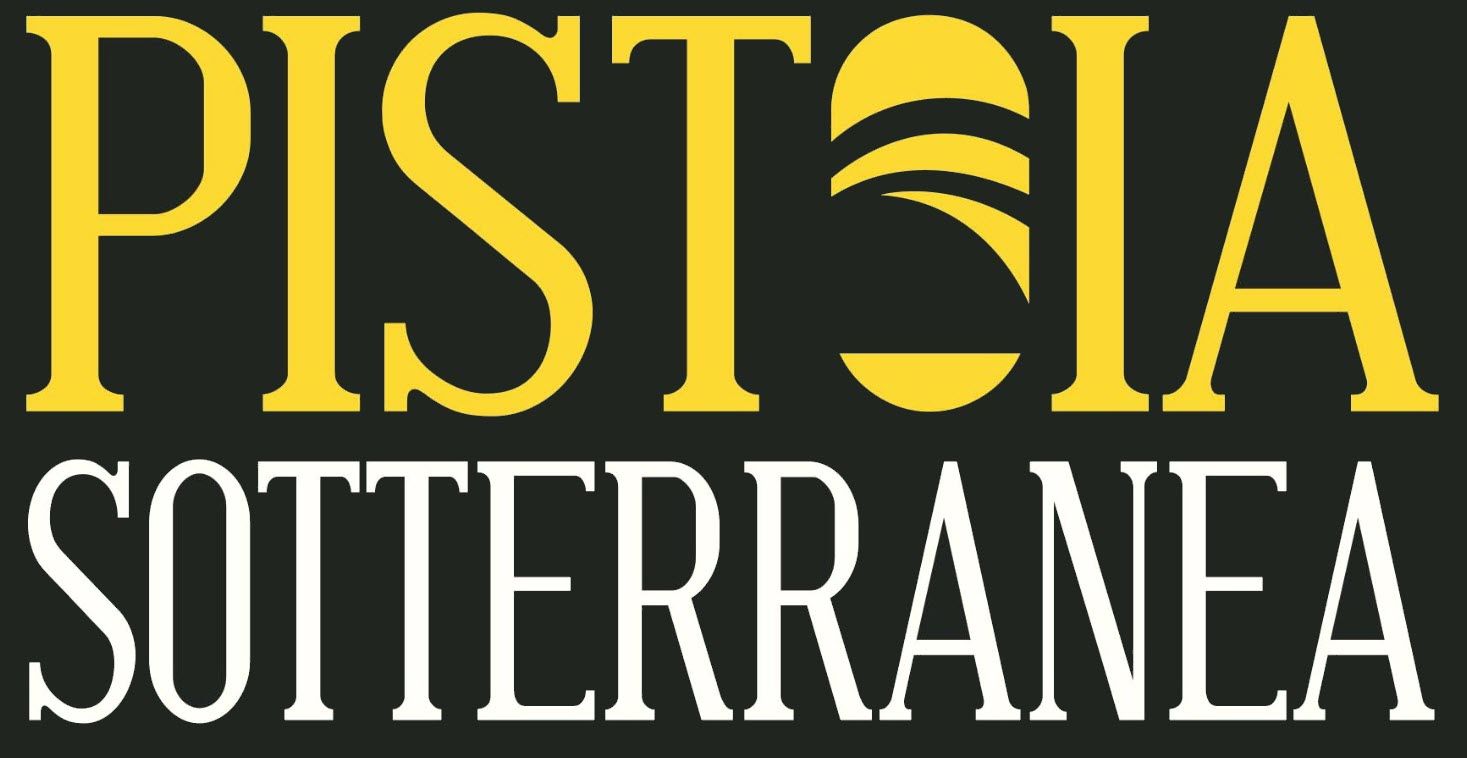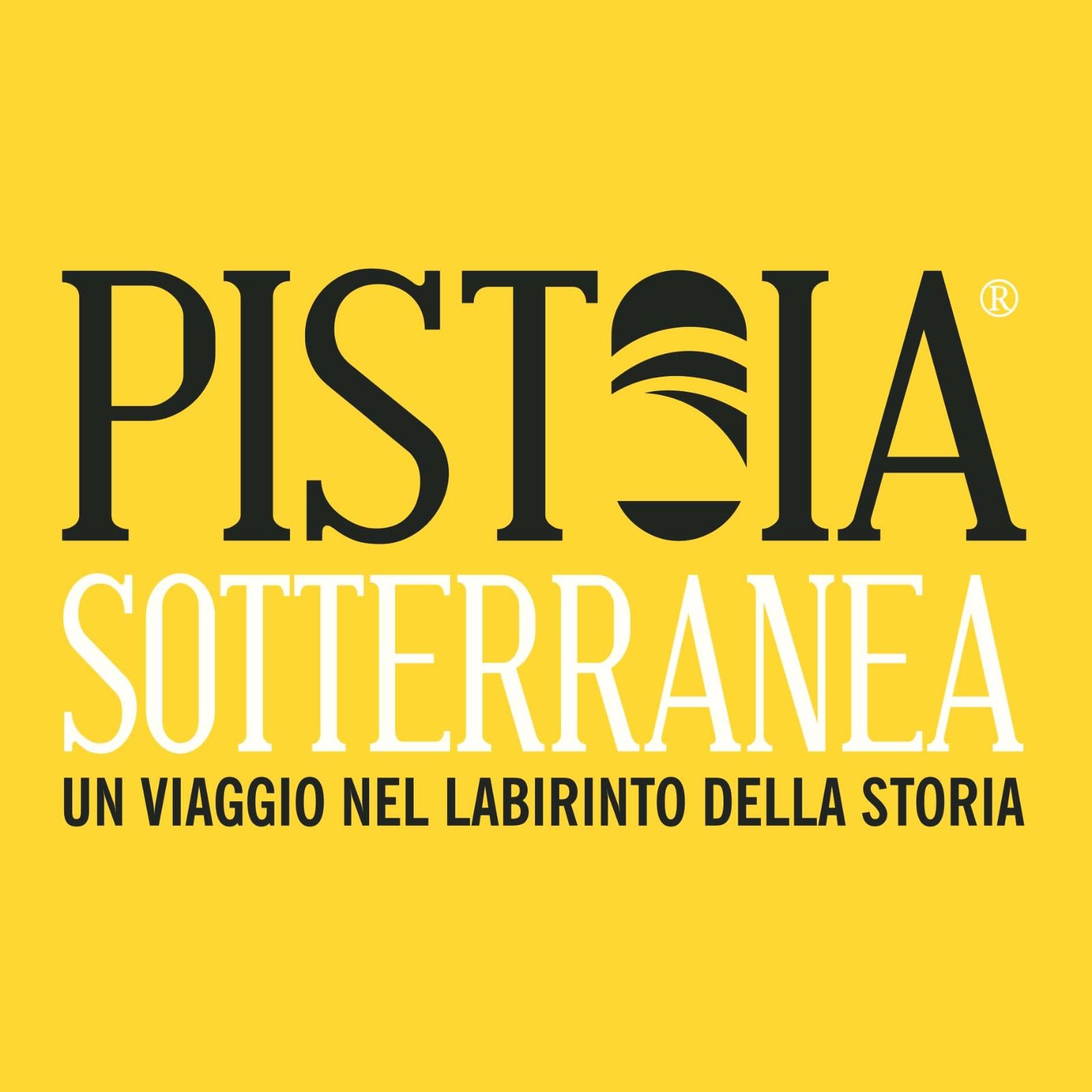Ceppo Hospital
The Ceppo Hospital, founded in 1277 and active until 2013, was one of Tuscany’s oldest medical institutions and home to a renowned surgical school established in 1666. It was here that the scalpel, Pistorienses Gladii, was refined for medical use. Outside, the hospital’s façade features stunning glazed terracotta panels depicting the Seven Works of Mercy by Santi Buglioni and tondi by Giovanni della Robbia.
Beneath this historic hospital lies the underground route of Pistoia Sotterranea. These tunnels once served as vital infrastructure, with ancient canals handling drainage and sanitation—essential to hospital life in medieval times. Today’s tour takes you through this hidden world, connecting the medical innovation above with the engineering ingenuity below. It’s a powerful story of how Pistoia healed, both on the surface and underground.
The Ceppo Hospital, founded in 1277 and active until 2013, was one of Tuscany’s oldest medical institutions and home to a renowned surgical school established in 1666. It was here that the scalpel, Pistorienses Gladii, was refined for medical use. Outside, the hospital’s façade features stunning glazed terracotta panels depicting the Seven Works of Mercy by Santi Buglioni and tondi by Giovanni della Robbia.
Beneath this historic hospital lies the underground route of Pistoia Sotterranea. These tunnels once served as vital infrastructure, with ancient canals handling drainage and sanitation—essential to hospital life in medieval times. Today’s tour takes you through this hidden world, connecting the medical innovation above with the engineering ingenuity below. It’s a powerful story of how Pistoia healed, both on the surface and underground.






